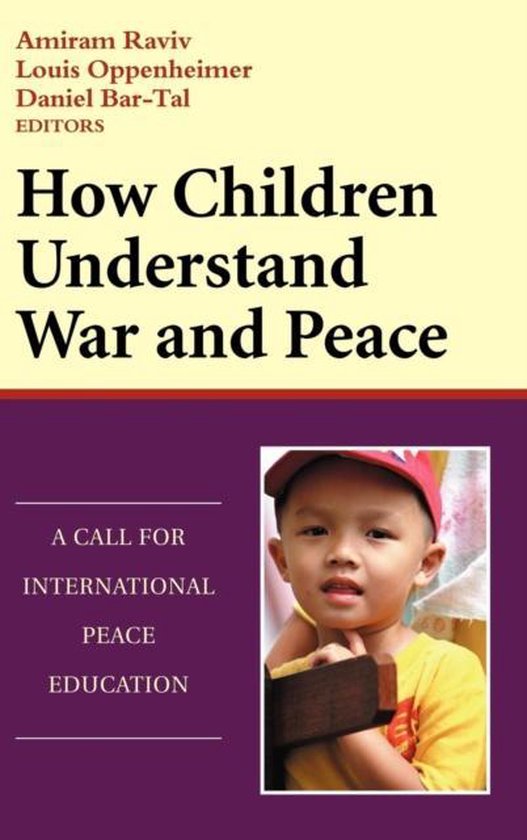
How Children Understand War and Peace
-
AuteurAmiram Raviv
- Uitgeverij-
- Jaar-
In 'How Children Understand War and Peace', Amiram Raviv delves into the complex ways children perceive and interpret the concepts of war and peace. This insightful book explores the psychological and emotional impacts of global conflicts on young minds, offering a unique perspective on how children from various cultures and backgrounds understand these heavy topics. Raviv's research is grounded in extensive studies and interviews, providing a comprehensive look at the subject matter. The book is an essential read for educators, psychologists, and parents seeking to understand the nuanced ways children process and make sense of war and peace in their lives.
Beschikbare exemplaren
€17.95
GOED